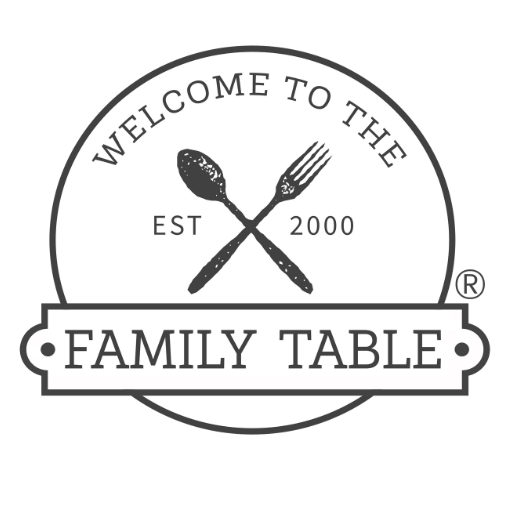GUEST BLOGGER: 9 Ways to Incorporate Music into Your Homeschool
2. Community Groups. Search your community for music classes not associated with the homeschool community. Does a local university have a children’s choir? Or, if your child is in high school, is there an adult community choir or band they could be involved in? What about a Kindermusik class? Our local library offers free bi-weekly music class for children ages 2-5 that my daughter thoroughly enjoys. Maybe your library offers something similar.
3. Private Lessons. If music groups are not available in your area, then the next place to look is in the private lesson sector. Piano and guitar teachers seem to abound everywhere, but if neither of these suite your child’s fancy, look around. At what age do I recommend beginning lessons? While everyone has their opinion in this regard, below are my general recommendations to inquiring parents:
- 1st or 2nd Grade = piano lessons and orchestra instruments
- Why? It really helps if they are able to read basic numbers, letters and simple words.
- 5th or 6th Grade = voice lessons
- Why? Their vocal chords are starting to change and strengthen at this time.
- 5th or 6th Grade = band instruments and guitar
- Why? Because for many students their hands are too small to play the instruments until this time.
4. Apps. There’s an app for that! While I am not a big advocate of online or app learning when it comes to music as there is something about the transference of musicality that only comes from person-to-person interaction, if that’s your only option, then by all means check it out. There are all sorts of apps and websites to help students learn to play an instrument.
5. Websites. If you would prefer to take a more academic or online approach, there are LOTS of music education websites you can send your children too. Here are some of my favorites, especially for elementary aged children:
- Quia—over 200 links to online music activities and games
- SFS Kids—Learn about the instruments of the orchestra and basic music vocabulary with this kids website created by the San Francisco Symphony
- Sphinx Kids—watch amateur performers play an instrument, play games, create your own rhythm band and more.
- FunBrain—activities for basic note reading, learning the instruments and composers
- Musicards—Online flashcards for note names, key signatures, intervals, piano keys, guitar chords, and more.
- Happy Note—Games for basic note reading and ear training
- Classics for Kids—listening activity sheets, games, composer database and more
6. Software. If the above websites hit your child’s fancy and you want to take music literacy to the next level with more complex music games and activities, then I highly recommend looking into some quality music software such as Music Ace which is a program comprised of 36 lessons that sequentially teaches the basics of music literacy.
7. Books. When it comes to books about music, the resources are limitless. Check your local library to see what they have but here’s a few of my favorites:
- The World’s Greatest Composers—A series of advanced picture books designed to introduce students to the great composers. If you like this series, Erica,at Confessions of a Homeschooler has even designed a one year curriculum tobe used alongside these books that you may want to check out.
- The Big Book of Music Games—A book of reproducible folder games designed to beplayed with 2-4 players.
And two resources specifically for parents:
8. Audio Recordings. When children are little, one of the best ways to build a musical foundation is by simply listening and singing alongside quality recordings that your child can easily mimic such as Jackn’ Jills for Children or Twin Sisters Production CDs.
9. Movies. Last but not least, check out your local library or Netflix listing for some quality movies about composers, musicians, or even classic musicals. Here are some of my top choices but be sure to review each for age appropriateness.
- Handel’s Last Chance (and others in the series)
Kathy has a Masters in Music Education and is the artistic director of Oklahoma City Homeschool Choirs. Amidst her roles as a Christian, wife, and mom, and musician, she enjoys reading, playing the piano, and blogging about her pursuits as a developing domestic diva drawing on the divine at Cornerstone Confessions.

This is great! I LOVE music and we listen to a lot of different genres at our house. And I just have to say that West Side Story is my all time favorite musical, and My Fair Lady runs a close second.
LaToya
Christian Momma